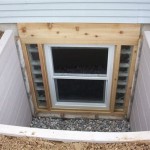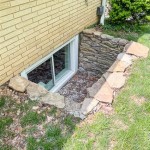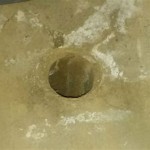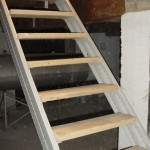What Should The Humidity Level Be In My Basement?
A basement, with its often damp and enclosed environment, presents unique challenges for maintaining ideal humidity levels. High humidity in a basement can lead to a number of problems, including mold growth, musty odors, wood rot, and damage to personal belongings. Conversely, overly dry air can cause discomfort and contribute to static electricity. Therefore, understanding the optimal humidity range for your basement is crucial for creating a healthy and comfortable living space.
Ideal Humidity Levels for Basements
The ideal humidity level for a basement generally falls between 30% and 50%. This range strikes a balance between preventing moisture-related issues while avoiding excessively dry conditions. At 30%, the air is sufficiently dry to deter mold growth and other moisture-related problems. However, humidity levels below 30% can cause discomfort, particularly during winter when the air is already dry. On the other hand, humidity levels exceeding 50% increase the risk of mold growth and other moisture-related issues. It's important to note that these are general guidelines, and individual circumstances, such as the presence of water sources or building materials, may require adjustments.
Factors Influencing Basement Humidity
Several factors can influence the humidity levels in a basement, including:
- Location: Basements located in humid climates are more susceptible to moisture problems than those situated in drier regions. Climatic conditions, such as rainfall and seasonal changes, can significantly impact basement湿度.
- Soil Type: The type of soil surrounding the foundation can affect moisture penetration and humidity levels. Clay soils, which retain water more readily than sandy soils, can contribute to higher humidity levels.
- Foundation: The condition of the foundation, including the presence of cracks or gaps, can allow moisture to enter the basement. Properly sealed and insulated foundations are essential to prevent moisture intrusion.
- Ventilation: Adequate ventilation is critical for reducing humidity levels. It allows fresh air to circulate and remove excess moisture. Insufficient ventilation can trap moisture and lead to high humidity.
- Water Sources: Leaking pipes, plumbing fixtures, and even condensation from appliances can contribute to increased humidity. Identifying and addressing these sources is crucial for humidity control.
Managing Basement Humidity
Managing humidity levels in your basement involves a combination of strategies:
Ventilation
Proper ventilation is essential for removing excess moisture. It involves creating pathways for fresh air to enter and circulate within the basement. Here are some ventilation methods:
- Exhaust Fans: Installing exhaust fans in areas prone to moisture buildup, such as bathrooms and laundry areas, can effectively remove excess moisture from the air.
- Vents: Ensuring sufficient ventilation by installing vents in the basement walls or foundation can also help to regulate humidity levels.
- Open Windows: During dry periods, opening windows to allow fresh air to circulate can help to reduce basement humidity. However, this option may be impractical in humid climates or during periods of high precipitation.
Dehumidifiers
Dehumidifiers are appliances specifically designed to extract moisture from the air. They work by drawing in humid air, condensing the moisture, and releasing dry air back into the environment. The size and capacity of the dehumidifier should be selected based on the size and humidity levels of the basement.
Moisture Control
Addressing sources of moisture within the basement is critical for long-term humidity control. This involves:
- Repairing Leaks: Fix any leaking pipes, fixtures, or appliances promptly.
- Preventing Condensation: Reduce condensation by improving insulation and ventilation in areas prone to moisture buildup, such as above windows and around pipes.
- Drying Wet Areas: Promptly dry any wet areas, such as spills or leaks, to prevent mold growth and musty odors.
By implementing these strategies, you can effectively manage humidity levels in your basement, creating a healthy and comfortable environment. Monitoring humidity levels regularly and taking proactive measures to address any issues will help to prevent moisture-related problems and ensure the longevity of your basement.

How To Achieve An Ideal Basement Humidity Of 30 50

A Guide To Controlling Nc Home Humidity Newcomb And Company

What Should Humidity Be In A Crawl Space Nia

How To Lower Your Basement S Humidity Level

5 Effective Tips To Reduce Humidity In Your Basement News And Events For Thrasher Foundation Repair

Relative Humidity Chart For Ideal In The House

How To Lower Your Basement S Humidity Level

5 Effective Tips To Reduce Humidity In Your Basement News And Events For Thrasher Foundation Repair

How To Achieve An Ideal Basement Humidity Of 30 50

Why A High Crawl Space Humidity Level Can Spell Disaster
Related Posts







